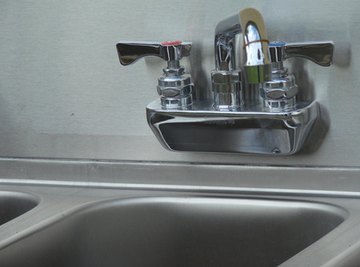
Water filtration has become necessary in most parts of the world due to pollution. We have sophisticated technology to filter water, but there are natural options that have been used for hundreds and thousands of years before man-made alternatives became available.
Sand
The use of sand for water filtration dates back 2,000 years. The Greeks and Romans used sand to remove sediment from the water in their pools and bathhouses. Sand can filter out particles as small as 25 microns.
Oysters
Oysters naturally filter toxins when they feed. The water passing through the oysters is purified enough to drink. In some parts of the world, natural oyster reefs are still the preferred method for water filtration. One adult oyster can filter more than 60 gallons of water per day.
Plants
Plants are a natural choice for water filtration, especially in wetland areas. Plants automatically filter the water in which they live by adding oxygen and removing carbon dioxide. Some plants also remove heavy metals and toxins while stimulating the growth of beneficial bacteria. Water lettuce and water hyacinth are so effective that they are sometimes incorporated into the first step of wastewater purification.
Charcoal
Charcoal is a slow, but effective, water filter. The carbon in charcoal helps remove toxins. Charcoal filters out particles down to 1 micron, including nitrogen oxide, lead and sulfur oxide. If you use charcoal at home, make sure you buy hard charcoal and wash it thoroughly before purifying the water. Dirty or soft charcoal will dissolve into the water instead of purifying it.
Coconut
Coconut filters water by absorbing it through layers of fiber. Coconut milk is second only to water in purity. Commercial water filters often use coconut carbon filters to remove toxins and particles. The coconut husks, whether used commercially or in a do-it-yourself filter system, trap most particles, toxins and parasites, including cryptosporidium and giardia.
About the Author
K.T. Parker is the author of multiple fiction novels and many articles, mostly about health topics. Her education in nutrition augments her pursuit of a degree in Naturopathy.
Photo Credits
just a sink image by Pix by Marti from Fotolia.com
